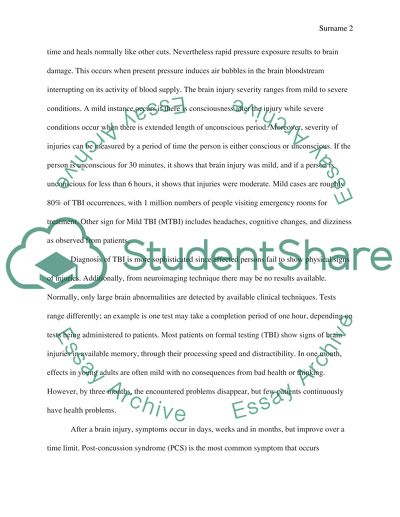Cite this document
(“Brain injury recoveries- pediatric versus adult ability to recover Research Paper”, n.d.)
Brain injury recoveries- pediatric versus adult ability to recover Research Paper. Retrieved from https://studentshare.org/psychology/1492636-brain-injury-recoveries-pediatric-versus-adult
Brain injury recoveries- pediatric versus adult ability to recover Research Paper. Retrieved from https://studentshare.org/psychology/1492636-brain-injury-recoveries-pediatric-versus-adult
(Brain Injury Recoveries- Pediatric Versus Adult Ability to Recover Research Paper)
Brain Injury Recoveries- Pediatric Versus Adult Ability to Recover Research Paper. https://studentshare.org/psychology/1492636-brain-injury-recoveries-pediatric-versus-adult.
Brain Injury Recoveries- Pediatric Versus Adult Ability to Recover Research Paper. https://studentshare.org/psychology/1492636-brain-injury-recoveries-pediatric-versus-adult.
“Brain Injury Recoveries- Pediatric Versus Adult Ability to Recover Research Paper”, n.d. https://studentshare.org/psychology/1492636-brain-injury-recoveries-pediatric-versus-adult.


